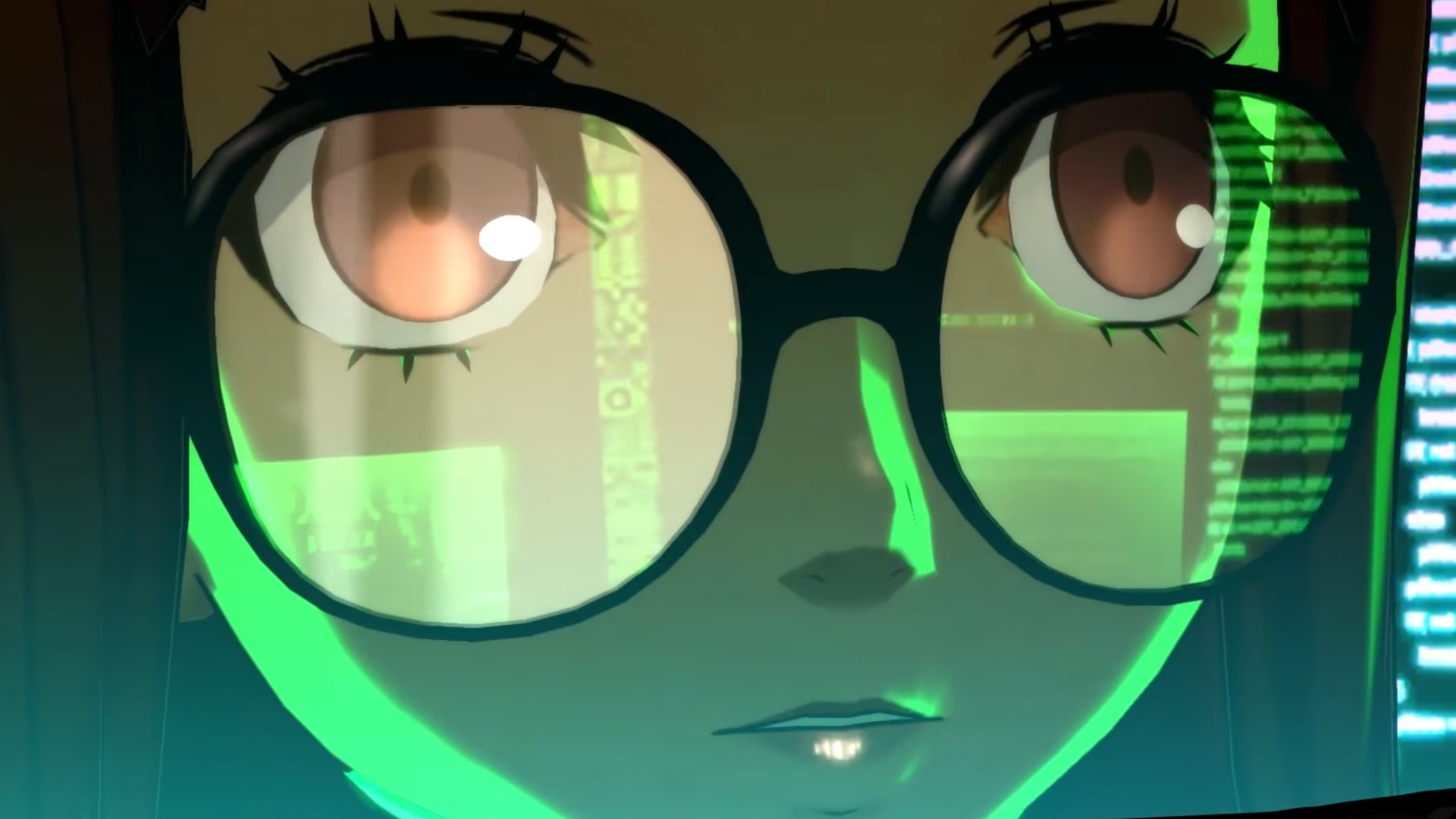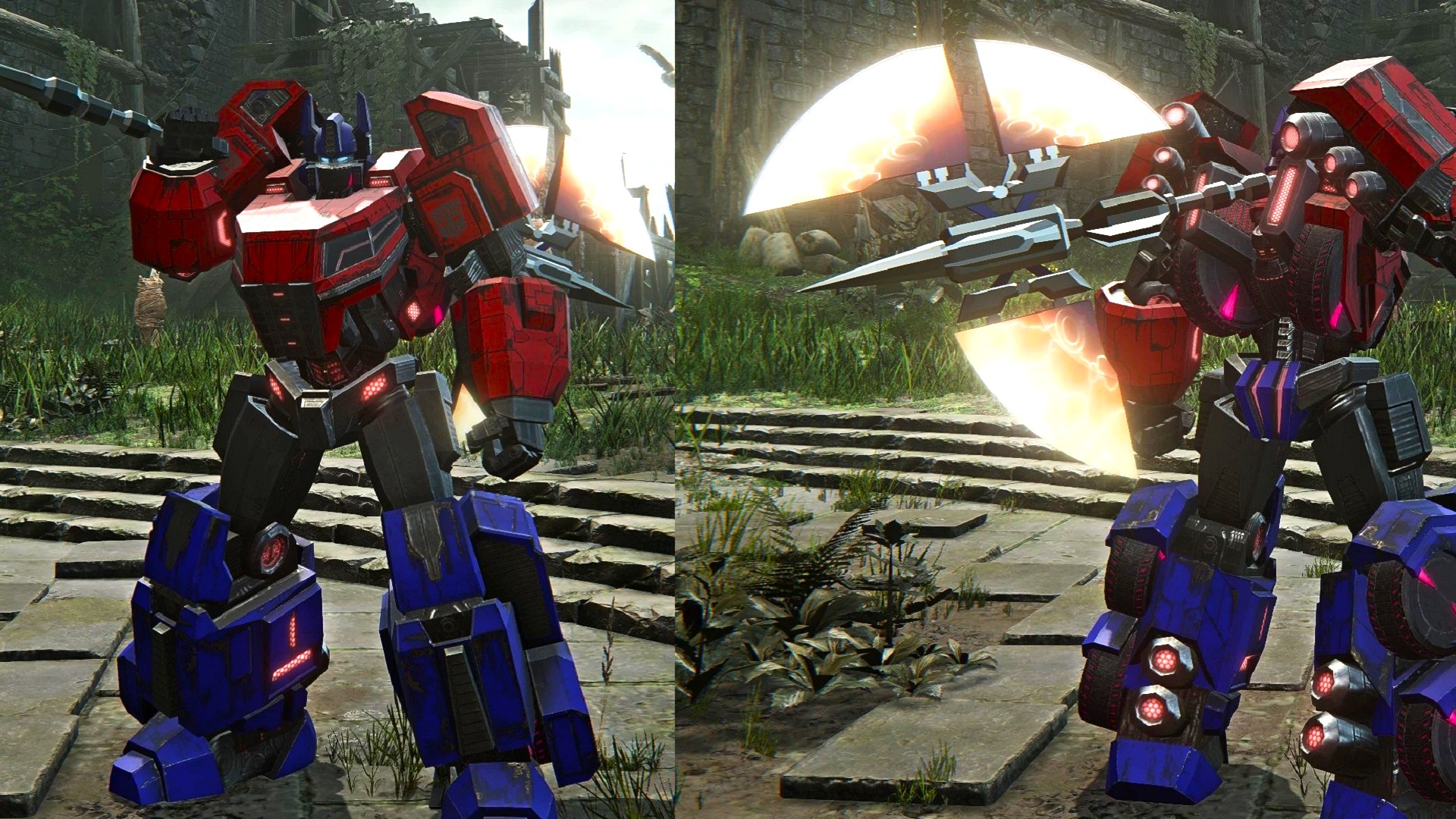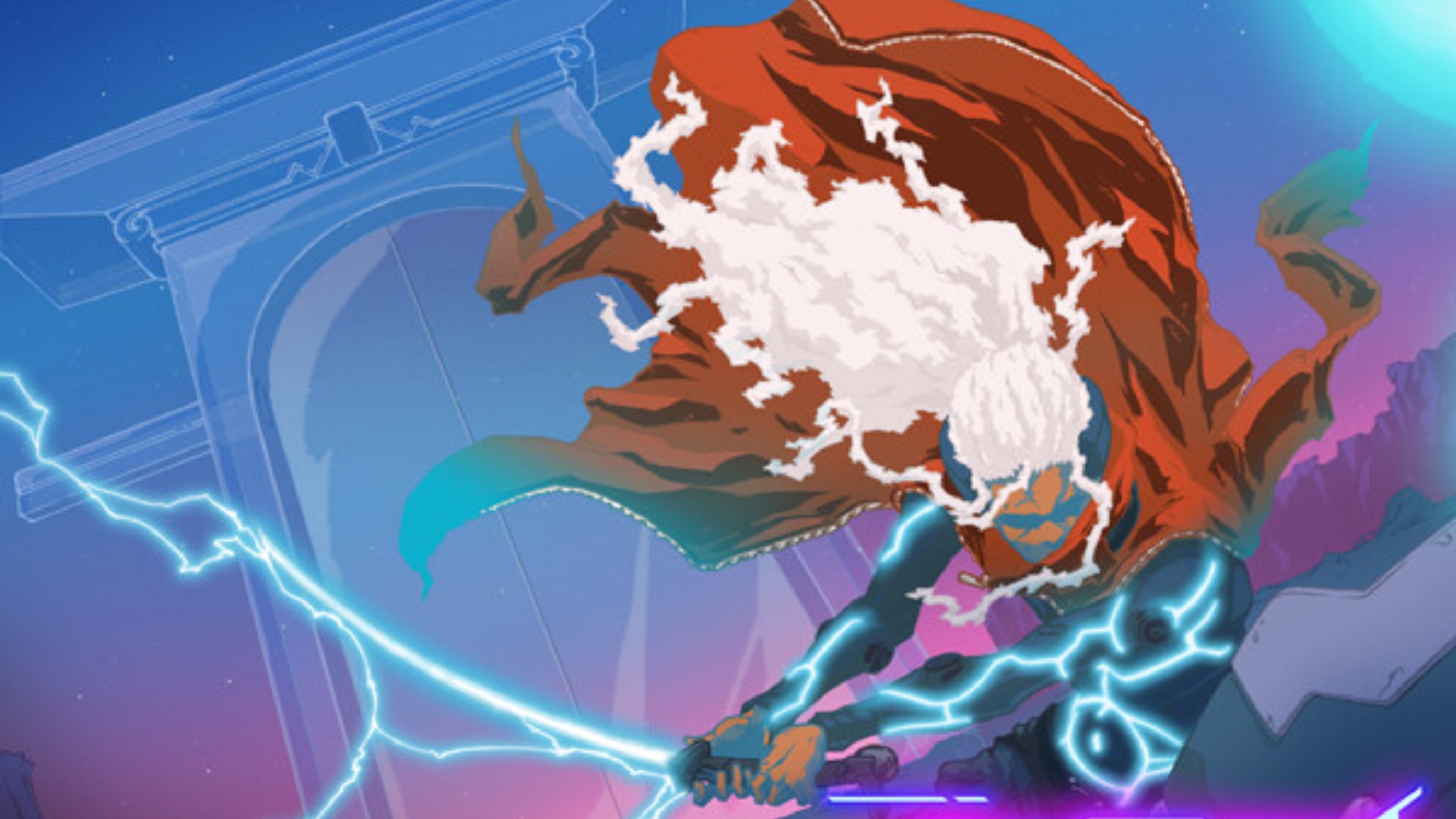
Players have grown tired of Bungie's seasonal template.
Despite releasing an incredible expansion at the start of the year, the mood around Destiny 2’s player base—at least, the part of it that gathers in places like Reddit, the Bungie forums and Twitter—has changed in recent months. Season of the Plunder, which ends tomorrow, was not well received. Players were unhappy with the dripfeed of week-to-week quests, the seasonal challenges, the core activities, the resource economy, the balance. You name it, there’s a heavily upvoted post unhappy with it.
Put simply, players are over the Destiny 2’s current seasonal model.
(Image credit: Bungie)
This is what I like to call the third-season blues, and it’s happened every year since Shadowkeep—when Destiny 2 first switched to running four seasons per expansion cycle.
Season of the Worthy, the Shadowkeep era’s third season, was widely disliked—to the point that, when a late-season event asked for nine million completions of its seasonal activity, Bungie was forced to add a multiplier to its completion rate because players just couldn’t be bothered.
Season of the Splicer, the Beyond Light era’s third season, had great loot, cool vibes, and a renewed focus on in-game storytelling. It was, in hindsight, one of the best Destiny 2 seasons in recent history—and is looked back upon with much fondness. At the time, though, online discussion of the season was far less positive. If you look at some of the top-rated Reddit posts of the time, you’d be hard pressed to differentiate them from today’s complaints.
And now, this year’s third season, Season of the Plunder, is once again feeling the playerbase’s ire. In many ways it makes sense: it’s the point where many players have long finished everything added in the previous expansion, but still have months left until the next one. It’s the perfect halfway point between launches, where all that’s on the horizon is the smaller-scale activities and tweaks that seasonal updates bring.
(Image credit: Bungie)
But just because it’s a familiar pattern—one that seems to happen no matter whether we’re in a good or bad season—doesn’t mean that these posts don’t have a valid point. Destiny 2’s seasonal structure is, after three years, pretty rigid. Generally we know what we’re going to get each time. A new seasonal vendor will appear, with upgrades that are unlocked through specific, timegated seasonal challenges. A seasonal quest will, each week, require players to complete the seasonal activity, do a short mission, and return to a social hub to listen to the next bit of story play out. New resources will encourage players to bounce between the older core activities—Strikes, PvP, Gambit—and the new seasonal activity in order to get new rolls on the new guns and armour set. A meta challenge will require players to complete 75 of the 79 weekly challenges in order to earn a large cache of Bright Dust—the currency used to unlock cosmetics that otherwise cost real money. And a seasonal Seal will bundle together a selection of triumphs that players need to complete in order to earn that season’s title—which lives under their name as a monument to their ability to endure the grind.
For players invested in endgame activities, there’s also each season’s pinnacle grind. This means climbing an extra 10 power levels in order to be ready for when Grandmaster Nightfalls open halfway through the season. Often, chasing pinnacles is just a matter of repeating the same handful of activities each week, hoping for RNG to bless you with a power drop for the right bit of equipment. Your reward for this is to be able to run the same activity you were perfectly capable of playing the previous season.
(Image credit: Bungie)
Even in a great season—like Splicer—the amount of repetitious grind can wear you down. Plunder, conversely, was not a great season. Its activities were largely fine, but ruined by the sheer amount of times you had to run them—and especially Expedition, the more mundane of the two activities—in order to kill an absurd number of a specific enemy for challenge and Seal completions. This was made worse by the fact that, for much of the season before it was patched, players could complete the activity before the relevant enemy even spawned—causing frustration and infighting, with some players going so far as to sabotage progress in order to secure the kill they needed.
Even in a great season—like Splicer—the amount of repetitious grind can wear you down.
The season’s story had some drama and intrigue, but it wasn’t always clear how it connected to the overarching plot. And, thanks to the fun-time pirate branding, it felt slight and insignificant—not helped by this week’s decision, in a cutscene that arrived without fanfare, to end the slowburn build of an ancient figure, long hinted at in lore tabs, into, err, a medicinal tea.
And while this year’s new crafting system does mercifully allow for determinate pursuit of loot drops, it also exposes the flaws in a seasonal rewards system that hasn’t evolved to match. Once I’ve unlocked the blueprints for this season’s guns, what reason do I have to keep playing the seasonal activity? Because I’m required to for a challenge, or triumph or bounty—not because I want to because I’m invested in the reward.
(Image credit: Bungie)
So the seasonal model needs changing, right? Except, the problem is that this model—this seasonal template—itself exists due to the demands of the same player base that is rebelling against it. People complain just as ferociously when there are fewer guns in a season; fewer new activities to complete. And, as of The Witch Queen’s release, every season after the expansion’s launch has brought either a new dungeon or a reprised raid. These are big additions, and at a cadence I’d have previously thought was unsustainable. Season of the Plunder brought back King’s Fall, one of Destiny 1’s best raids, and its inclusion has been a boon. Before that, in Season of the Haunted, we got Duality—a new dungeon praised for its difficulty (if spoiled slightly by some persistent bugs).
Grind core
But those additions come at the cost of Exotic quests like Presage and Zero Hour—weird surprises that used to breathe life into a season’s release. Now we know upfront what we’re going to get. And personally, as much as I loved Zero Hour, I’ll take a returning raid or new dungeon every time. They’re just bigger, better additions, even if it’s at the cost of some of the mystery and the surprise. But also: a raid or a dungeon run is a scheduled event—something I have to organise with friends. The paradox, then, is that while there’s arguably more to do than ever each season, often when I log on to play solo, it feels like there’s not enough.
The seasonal release schedule also means that Destiny is always focused on what’s new, not what already exists. This is felt keenly in the core activities—the old playlists that feel increasingly long in the tooth, but are nevertheless a requirement for completing everything a season offers. The Strike playlist has had a slight shot in the arm thanks to the introduction of last year’s Battlegrounds, but that still hasn’t counteracted the Destiny Content Vault, and the removal of many of the game’s original planets. When they went, so did the strike missions that took place on them. took place on them. After years of suffering through Exodus Crash, I’d kill to get Festering Core back and into the GM rotation.
(Image credit: Bungie)
After years of suffering through Exodus Crash, I’d kill to get Festering Core back and into the GM rotation.
In Crucible, Destiny 2’s PvP mode, things are looking even more slim. While PvP is finally getting some playlist changes next season, including a proper competitive ladder, there’s been just one new and one reprised Destiny 1 map released this year. Perhaps as a result, and as a reaction to very necessary introduction of skill-based matchmaking, the hardcore PvP community has been especially vocal about the game’s problems of late. There are some disingenuous arguments here—I don’t think recent changes to airborne gunplay are even on the radar of most casual players, let alone responsible for lower player counts. But it does feed into the growing message of doom and gloom from big community influencers.
Gambit, meanwhile, hasn’t had any new maps since Season of the Drifter back in 2019. And yet each season, players are invited to return; to level up its ranking system, grind for its cosmetic rewards and earn its pinnacle power drop.
(Image credit: Bungie)
In previous years, some of the burnout was mitigated by the delays to both Beyond Light and The Witch Queen. As a result, the final seasons of the past two expansion cycles were artificially extended. Season of the Lost, which preceded The Witch Queen, lasted a full six months. And while long content delays cause their own griping, I actually think these off-seasons are good for the player base at large. If a grind for any one achievement feels too long, it’s fine: just save it for the lengthy period where nothing much is happening. In both it, and the previous year’s Season of Arrivals, I used those months to enjoy Destiny 2 at my own pace: getting newer players raid ready, trying new builds, hunting down collectibles and completing exotic catalysts. Most importantly, I also used them to take a break from the game without feeling like I’m missing out.
Next year’s expansion, Lightfall, has not been delayed. 12 weeks after the new season launches tomorrow, we roll straight into a new year. Without an extended break, there’s every chance the burnout will be exacerbated. After all, even in years with a lengthy period of downtime, the third-season blues are still a regular fixture on the Destiny 2 calendar. Next year, unless there’s a serious change to how seasons work, I worry they’ll return worse than ever.




